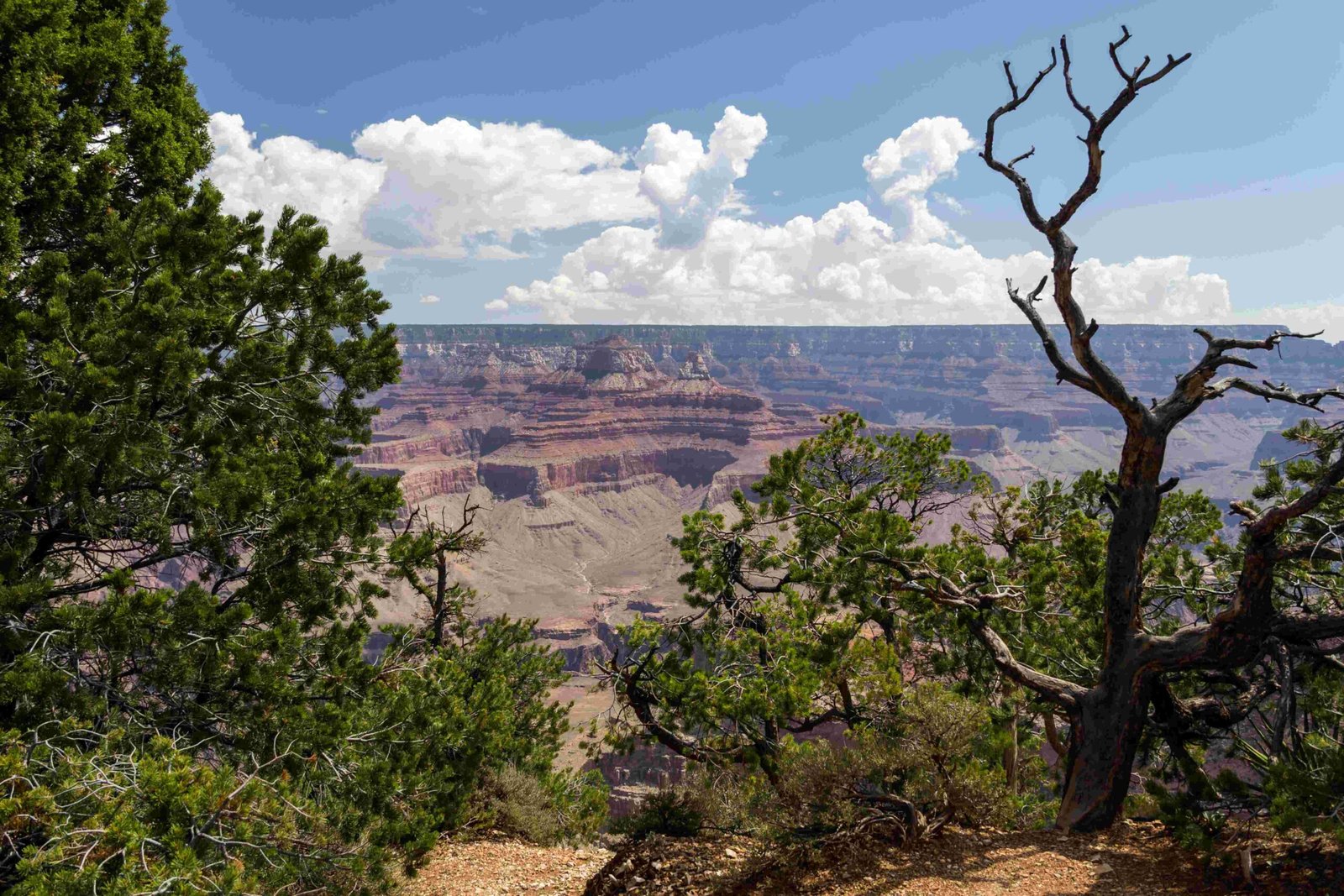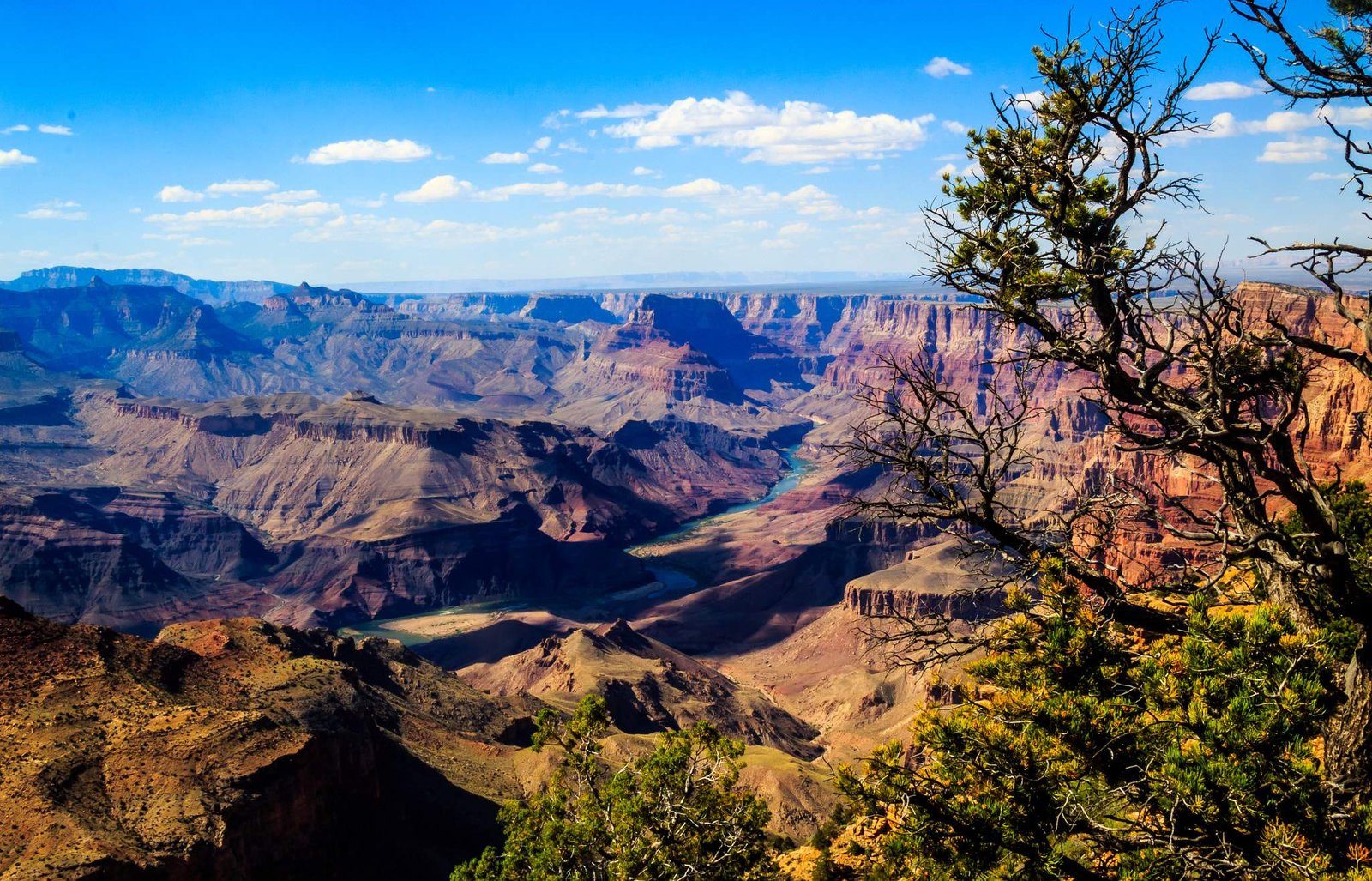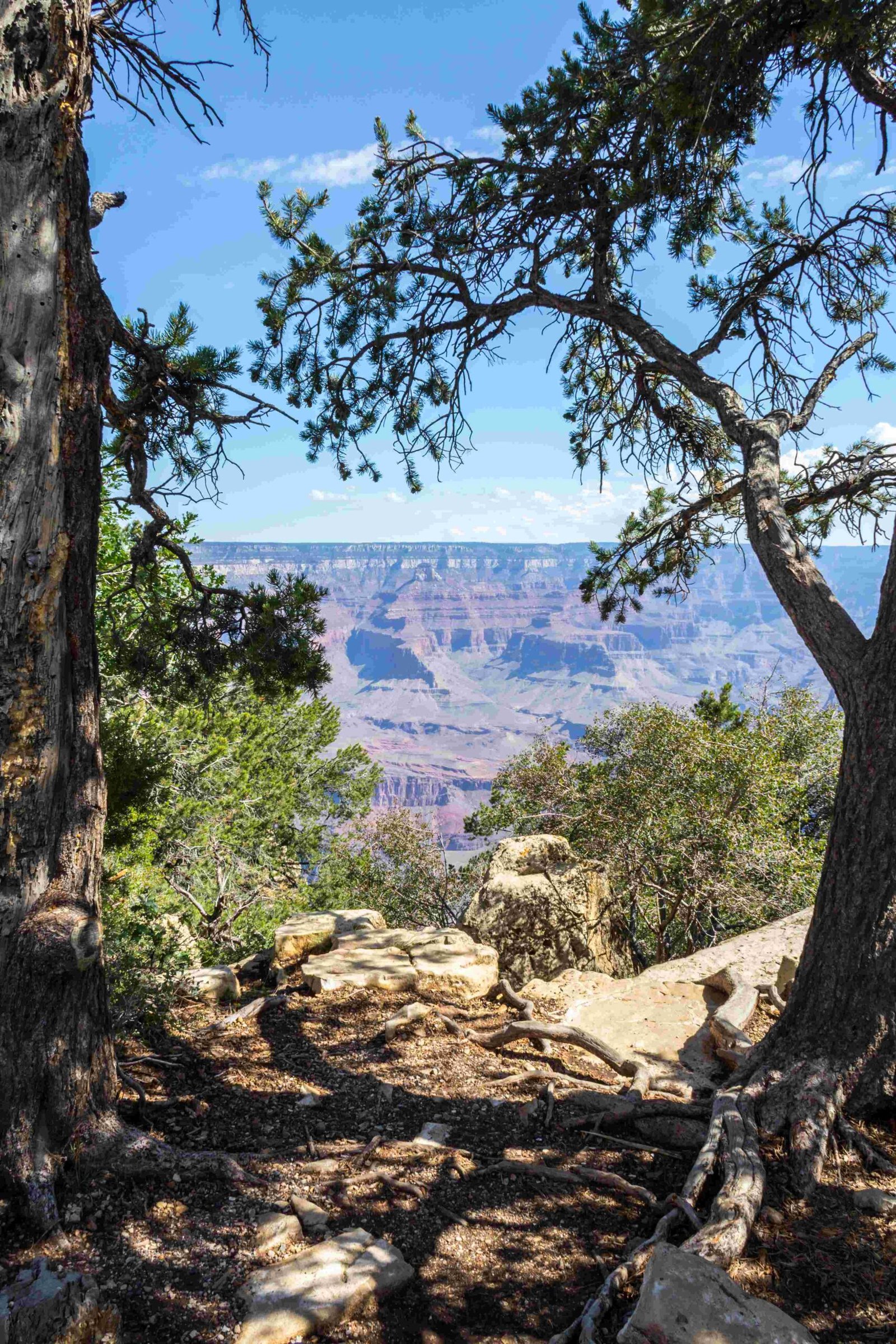The Grand Canyon represents a monumental geological masterpiece carved by the Colorado River over millions of years, revealing extraordinary depth measurements that astound geologists and visitors alike. With an average depth ranging between 5,000 to 6,093 feet, this natural wonder showcases extraordinary vertical dimensions that tell a complex story of geological transformation and erosional processes spanning millennia.
What Makes the Grand Canyon So Deep?

The Grand Canyon’s remarkable depth results from a complex interplay of geological processes:
Geological Uplift Mechanisms
- Colorado Plateau Elevation: Started approximately 65 million years ago
- Tectonic Plate Movements: Gradual land elevation
- Erosional Forces: Continuous water-based rock removal
Depth Measurement Breakdown
| Location | Depth Range (Feet) | Characteristics |
|---|---|---|
| Average Depth | 5,000 – 6,000 | Consistent Canyon Profile |
| Maximum Depth | 6,093 | Deepest Point |
| North Rim Elevation | 8,000 | Highest Rim Point |
| South Rim Elevation | 7,400 | Secondary Rim Height |
| River Level | 2,200 | Lowest Accessible Point |
How Do Scientists Measure Canyon Depth?

Scientists utilize multiple sophisticated techniques to measure the Grand Canyon’s depth:
- Topographical Mapping
- Advanced satellite imaging
- LiDAR technology
-
Geological surveying techniques
-
Geological Core Sampling
- Rock layer analysis
- Stratigraphic investigations
- Erosion rate calculations
What Factors Contribute to Grand Canyon’s Depth?
Several critical factors contribute to the Grand Canyon’s extraordinary depth:
- Colorado River Erosion: Continuous water flow cutting through rock layers
- Rock Composition: Varying geological strata with different erosion resistance
- Climatic Changes: Historical precipitation and temperature variations
- Tectonic Activity: Gradual land uplift and movement
How Can Visitors Experience Canyon Depth?
Visitors can explore the Grand Canyon’s depth through multiple experiences:
Recommended Exploration Methods
- Hiking Trails: Bright Angel and South Kaibab trails
- Mule Tours: Guided descents into canyon depths
- Helicopter Tours: Aerial perspective of geological layers
- River Rafting: Bottom-level canyon exploration
Fascinating Depth-Related Facts
- The deepest point reaches 6,093 feet
- Some canyon walls are nearly vertical
- Geological layers represent nearly two billion years of Earth’s history
- The canyon continues to change and erode gradually
Practical Visitor Information
Access and Tour Details
- Park Entrance Fee: $35 per vehicle
- Best Viewing Seasons: Spring and Fall
- Recommended Gear: Hiking boots, water, sun protection
- Guided Tour Prices: $80 – $700 depending on experience
Safety Considerations for Depth Exploration
- Always follow park ranger guidelines
- Carry sufficient water and supplies
- Use proper hiking equipment
- Be aware of altitude and temperature changes
Preservation and Conservation
The Grand Canyon’s depth represents a delicate ecological system requiring continuous preservation efforts. Visitors and researchers must maintain responsible interaction with this extraordinary natural monument.
Conservation Strategies
- Controlled visitor access
- Scientific monitoring
- Habitat protection programs
- Educational outreach initiatives
Conclusion
The Grand Canyon’s depth of 6,093 feet represents more than a numerical measurement—it’s a testament to Earth’s dynamic geological processes, offering an unparalleled window into our planet’s complex history.

